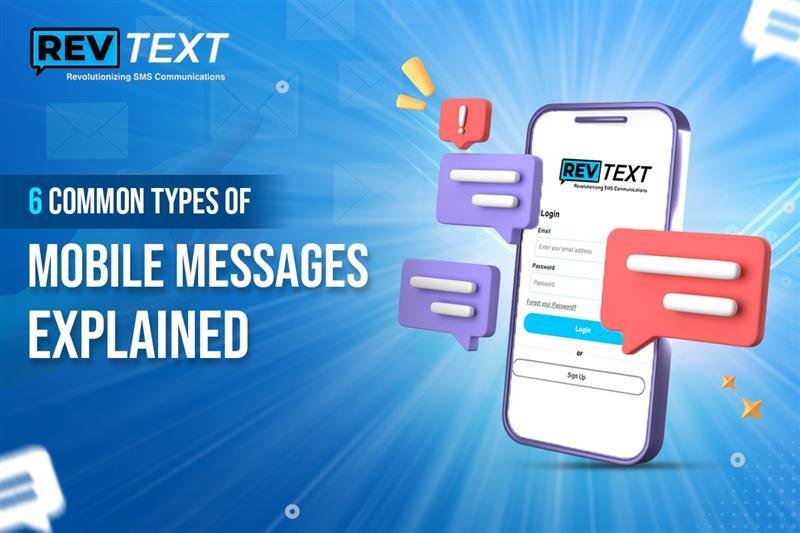Mobile messaging has completely reshaped the way people connect—both personally and professionally. From food delivery updates to daily chats with friends, text-based communication has become a preferred method across the world. However, not all mobile messages are created equal. There are multiple types of mobile messages, each with distinct formats, use cases, and benefits.
In this blog, we’ll break down the six most common types of mobile messages. We’ll look at how each one works, what makes them unique, and real-world examples to help you understand their impact.
1. Text Message (Previously Known as SMS)
Text messaging is the most widely used form of mobile communication. A text message is a basic, character-limited message sent over a mobile network. Most traditional text messages are limited to 160 characters and consist only of plain text—no images, no videos.
Despite the simplicity, text messages have a powerful advantage: speed and reach. Studies show that over 95% of text messages are read within three minutes. That’s why individuals and businesses alike continue to rely on them for timely communication.
For companies using RevText, this form of messaging is ideal for sending quick updates, confirmations, reminders, and short alerts.
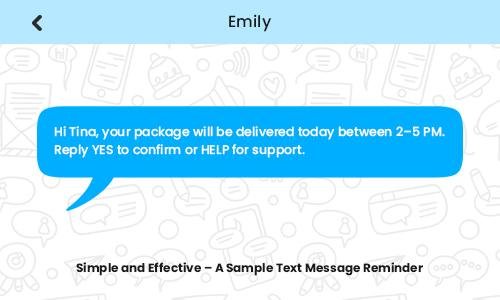
2. Multimedia Message
A multimedia message allows you to send not just text, but also images, audio, video, or links. Think of it as a richer version of a text message. Businesses often use multimedia messages to grab attention with product photos, visual offers, or video content.
While multimedia messages require more mobile data and may cost a little more to send, their impact is hard to ignore. A colorful image of a limited-time menu item or a flash sale can increase engagement dramatically.
RevText makes it easy to send multimedia messages that help brands make a memorable impression on their audience.
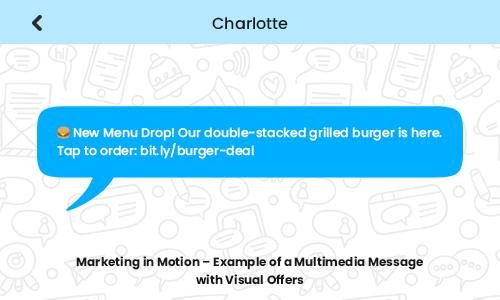
3. Instant Messaging (App-to-App Communication)
Instant messaging happens over apps like WhatsApp, Facebook Messenger, and Telegram. These services require both sender and receiver to use the same app and be connected to the internet. Instant messaging platforms offer features like real-time typing indicators, emojis, read receipts, and even voice or video calls.
This format is popular for international communication as it avoids carrier fees, but it’s less reliable for marketing because it depends on app installation. It also lacks the directness of a regular text message that lands in your phone’s native messaging app.
Instant messaging is best suited for peer-to-peer communication or customer service interactions through branded apps.
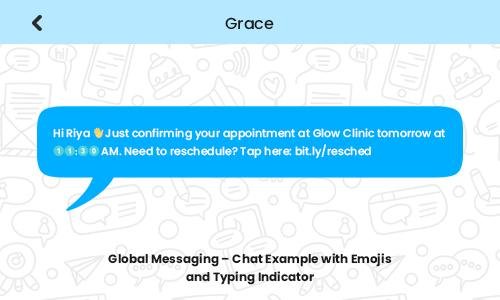
4. Push Notifications
Push notifications are short messages sent by apps to a user’s phone home screen or lock screen. Users must first allow permission for notifications, but once enabled, these alerts can nudge users to re-engage with an app or take quick action.
Types include:
- Banner notifications: Appear briefly on the screen and then disappear.
- Badge notifications: Show an unread count (like a red dot on an app icon).
Push notifications are great for app engagement, but they don’t work without an app and they aren’t stored like text messages.
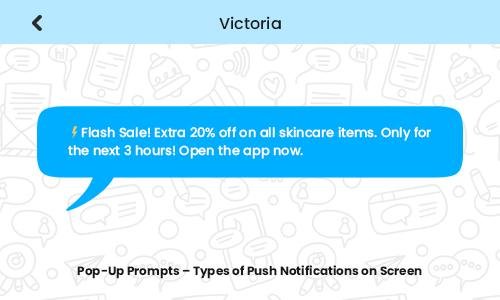
5. In-App Messages
In-app messages are visible only while the user is actively using an app. These messages appear as pop-ups, tooltips, or banners within the app interface itself.
Businesses use in-app messages to welcome users, prompt account upgrades, share limited-time offers, or introduce new features. For example, a language learning app might display a welcome back message offering bonus points for completing a session.
While these messages feel personal and timely, they depend on user activity and can’t reach people who aren’t currently using the app.
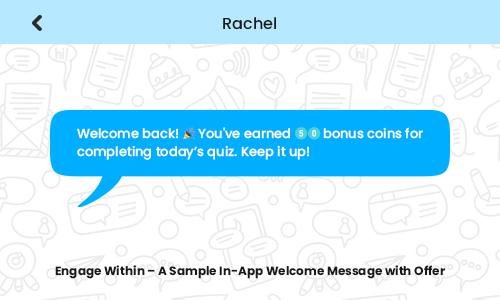
6. Rich Communication Services (RCS)
Rich Communication Services (RCS) is an advanced messaging protocol designed to replace traditional text messaging on Android devices. Developed by Google, RCS allows for interactive content—think high-quality images, suggested replies, carousels, and live typing notifications—all within your default texting app.
RCS also allows businesses to confirm deliveries, showcase promotions, and provide support—without needing a separate app. It’s a step toward offering a more visually interactive experience without leaving the text message inbox.
However, RCS isn’t supported on all devices yet, and Apple’s iMessage platform does not integrate with it. That means it has limitations in terms of universal reach.
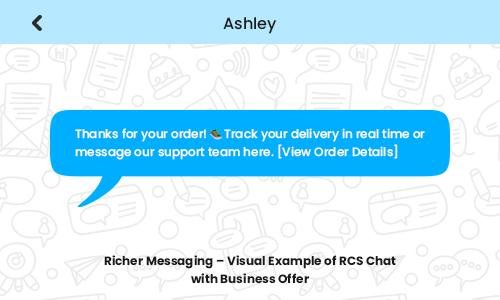
The Role of RevText in Mobile Messaging
RevText specializes in helping businesses communicate more effectively through text messages and multimedia messages. With features like automation, scheduled campaigns, keyword responses, and real-time analytics, RevText simplifies how organizations reach their audience.
Whether it’s sending out menu updates for a food truck, alerting parents about school closures, or reminding patients of appointments, RevText ensures that every message is timely, clear, and impactful.
From one-on-one messages to bulk outreach, RevText offers the flexibility and control businesses need without relying on third-party apps.
Final Thoughts
There’s no single “best” type of mobile message—it all depends on your goals and audience. Text messages offer unmatched reach and immediacy. Multimedia messages help visualize offers. Push notifications and in-app messages keep app users engaged. Instant messaging is great for social or direct conversations. And RCS, while still growing, brings rich experiences directly into the native messaging app.
By understanding each type’s strength, you can choose the right mix for your communication strategy. And when you want reliability, simplicity, and results—RevText has you covered.

